Bringing home a new puppy is an exhilarating experience for pet parents, and the journey towards successful potty training holds the key to a harmonious coexistence – as a puppy who grows to be a dog who toilets freely in the house makes for a rough life.
So we all know that house training is entirely required when we want to cohabit with a canine!
Then the question becomes “Do I train them to use a potty pad, or train them straight to outside”. If you’ve decided inside, then this article is for you!
For older dogs or senior dogs, the good news is that the potty training process is not limited to just the young pups. House training can be effectively adapted for dogs of all ages, including small dogs with limited space. Utilizing small treats and incorporating puppy pee pads into your potty pad training routine can make the process a little less stressful for you and pup.
Consider this a good idea, especially for those who have limited time during long periods of the day. The most important thing is to designate a small room or area for the training process – the first thing to consider in this ideal solution.

Why I Avoid Recommending Pad Training
Dog trainers, like myself, don’t typically like the use of potty pads – why? Because toilet training is tough on puppy parents. And training your dog to a pad first means you’re (usually) training them to a weird, unique surface. You will need to be re-trained to outside if that is your eventual goal – which means that you’re going to make more work for yourself, and more confusion for your pup.
The only benefit of this approach? Is that you will extend the amount of bladder control your puppy has, and potentially get them on a beneficial routine as your puppy’s age increases, wee-wee pads can facilitate that, but the surface can be a problem.
If you really want to overcome this, and use pads? I’m a huge huge believer in real grass pads – they make a world of difference!
Why Use Puppy Pads for Toilet Training
There are a lot of reasons to use puppy pads,
- Extreme weather – Some people bring home puppies at less than ideal times of year – and personally whilst I would avoid bringing them home if I know my area is prone to severe winters or summers etc. If your puppy physically cannot go outside, then puppy parents are only able to use indoor toilet training options.
- Small dogs – A small dog breed may struggle with the outside weather and may lose body heat, or overheat quickly if they’re exposed for too long, so a lot of people will elect to use puppy training pads to help them potty train in this instance.
- Apartment living – in big apartment buildings, sometimes you don’t have access to a balcony, or outdoor space in a quick, expedient manner, which can make traditional toilet training challenging.
- Highly Contagious Areas – if your puppy might be exposed to dangerous viruses like Parvo, Giardia or rabies or other deadly contagions may restrict puppy parents – however – I do want to remind you that disinfectant yard sprays do exist, and you absolutely can create small, protected potty areas outside to train puppy in to protect your puppy’s exposure and minimise risk and avoid potential health issues.
- Frequent peeing – much like a new human baby, dog parents will find that their puppy will be peeing quite often, so puppy pads can help you facilitate new parents in guiding puppy to appropriate places to pee!
- Extended departures – Sometimes there’s no other option than leaving puppy alone, and a puppy pad trained dog will give your dog and you more flexibility.
Dogs don’t typically like to go on a hard surface, so puppy pads are typically, so absorbent pads will be a more desirable place for your puppy potty training – but remember! There are more options than just a traditional puppy pad.
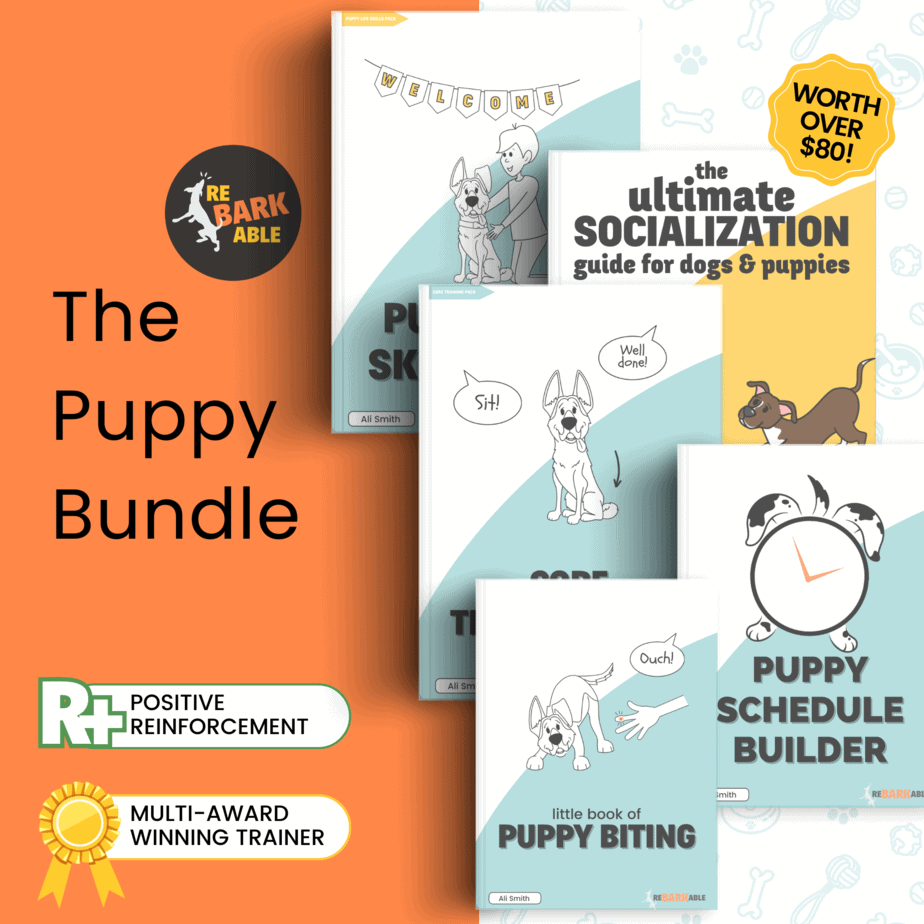
Getting Started with Puppy Pad Training
Initiating the potty training process right from the moment your young dog arrives home is crucial for establishing a clean and comfortable living environment. Begin by creating a small and safe space, using baby gates, play pens or a crate strategically placed in a low-traffic area, such as a laundry room.
This approach not only minimizes accidents but also provides a sense of security for your young puppy. Introduce the concept of the potty area gently, ensuring easy and regular access to a designated spot.
When introducing your puppy to the training pad, the use of positive reinforcement techniques, i.e. reward them well for going to the toilet in the correct space! You may also find a leash useful for this. Some people also use a cue, or designated phrase to indicate it’s time to go to the toilet (this is particularly important if you’re training your puppy to be a service dog).
Setting a routine for potty time is essential, especially for young puppies who may need frequent breaks. This may be helpful too! How to Set Up A Perfect Daily Routine For Your Puppy
Equip yourself with the necessary supplies, including enough pads, an enzymatic cleaner for accidents, paper towel, and small treats for positive feedback.
Make sure it’s not too near their food bowl. As most dogs tend to want to keep their poop and their dinner separate (which I totally get).

Patience is key during the initial stages, and gradually extending your pup’s hold time on the pad ensures a positive and stress-free experience for both the new puppy and the pet parent.
Incorporating the understanding of a young puppy’s natural instincts is crucial for successful potty training. For extended periods of time or situations where outdoor access is challenging, utilizing great options like training pads becomes essential. Even for older dogs, this approach proves to be a good option, providing a convenient and hygienic solution for dealing with hard surfaces in limited spaces. The systematic extension of your pup’s hold time on the pad ensures that the training process accommodates their development. This approach not only aligns with their natural instincts but also establishes a positive and effective routine that benefits both the pet parent and their furry companion.
Step-by-Step Guide on Training Puppies with Puppy Pads
Now, let’s get into this nitty gritty! Lets look at the best way to train our puppy to use a potty pad!
The Principle Of All Potty Training
All potty training, whether this is in litter boxes, or outside, the founding principle of potty training is that we minimise puppy’s ability to get it wrong, and reward well for when they get it right. This way? We’re putting ticks in the “good dog” column as much as possible.
Step 1 – Familiarization with the Puppy Pad
Once you have your spot and puppy pads ready, and remember that easy access. Introduce your puppy to the pads by letting them sniff and stand on them. The goal is to make your puppy comfortable with the pads by associating them with positive experiences, so encourage them gently and use a cheerful tone during the introduction process. Place your puppy on the pad several times a day to reinforce that the pad is their designated potty area.
Step 2 – Set a Consistent Feeding Schedule
When your puppy eats, determines when your puppy poops.
Implement a consistent feeding schedule to predict when your puppy may need to go potty. Puppies usually need to relieve themselves shortly after eating or drinking. By having fixed times for meals, you can more effectively predict and manage their potty times, which is essential for successful potty training.

Step 3 – Introduce Regular Potty Breaks
Take your puppy to the training pad regularly – preferably on a leash – typically based on their age. For instance, very young puppies might need to go every hour (unless they’re asleep!), whereas older puppies might manage longer intervals. Setting and keeping a potty schedule is really beneficial. Key times to take them to the pad include:
- after waking up,
- playtime,
- After eating/drinking
- and before bedtime.
When we successfully see a potty we give lots of praise and reward puppy really well for going to the bathroom where we want them to.
Step 4 – Use Consistent Cues & Rewards
Select a specific word or short phrase as a cue every time you place your puppy on their pad. This verbal cue will help signal to your puppy what’s expected of them. When they do use the pad successfully, immediately praise and reward them. The immediate positive reinforcement is vital for them to make the correct connection between the cue, the action, and the reward.
Step 5 – Clean Up and Discourage Accidents
When accidents happen away from the pad, deal with them calmly and without displaying anger or frustration. Use an appropriate cleaner to eliminate any traces of odor and avoid your puppy being tempted to use the same spot again. Reinforce the correct behavior by taking your puppy to the pad more frequently.
Tip! You can also try using a sponge to soak up an accidental pee, and squeeze it out onto a puppy pad to give puppy a great idea of where to go!
Step 6 – Gradual Movement of the Pad
This step, basically, we start to test if puppy knows I go on the pad, or I go in this area. Because that’s not always obvious to puppy.
Slowly start moving the pad towards the door leading outside by shifting the pad a few inches every day. This incremental shift trains your puppy to get closer to the idea of going outdoors when they need to use the bathroom without drastically altering their routine.
Step 7 – Transition to Outdoor Potty Training
As the puppy pad reaches the door and your puppy becomes accustomed to the new location, begin taking them outside for their potty breaks. This is a process of gently nudging your puppy’s habit from the pad to a spot outside. Stop using the pad completely once your puppy reliably goes outside instead.
Note: Sometimes this means just starting toilet training over without the pad.
Step 8 – Maintain a Routine and Be Patient
Maintaining a consistent daily routine is key to effectively potty training your puppy, as is patience. Puppies learn at their own speed, so it’s important to stay patient and supportive. Reward and praise your puppy for their successes, and remember that this is an opportunity to strengthen the bond between you and your puppy.

Common Mistakes and How to Avoid Them
To ensure successful potty training, it’s crucial to recognize and avoid common mistakes that can impede the overall process – a lot of us make them! So let me just run through them.
Steer clear of negative punishment, such as shouting, rubbing their nose in their accident, or punishing them as it can create anxiety and hinder your pup’s learning experience. So avoid punishment, just clean it up, and get yourself ready for the next battle.
Consistency is key to successful training – adhere to your schedule and designated phrases, reinforcing the expected behavior really well.
Watch your pup,
Another thing is to learn their pattern, every dog or puppy has a unique pattern, and learning that pattern is important – Do note that this is where so many pet parents with years of experience with another dog go wrong, it’s often “Well it worked for Simba! Why doesn’t it work for Nala?” (Forgive my lion king references, I’m a nerd!) that’s because they’re different dogs. And the same way you are a unique person and learn things different ways? So does your dog. Remember that!
If they don’t go when they might be meant to go, take them out again around 15-20 minutes after that.
When to Start Transitioning Away from Puppy Pads
Understanding when to transition away from puppy pads is crucial for the long-term success of your potty training efforts. Once your puppy consistently uses the pads, the next step is to gradually decrease their usage. This involves extending outdoor training sessions and reducing the number of indoor pads accordingly. By monitoring your pup’s hold time and adapting the transition based on their progress, you ensure a smooth shift from relying on indoor puppy pads to embracing outdoor potty breaks.
In the transition process, it’s essential to recognize that small areas can pose challenges, potentially leading to potty accidents. Be prepared with paper towels and a small treat for positive reinforcement when accidents occur, fostering a positive association with the training routine. Learning from common training mistakes, such as a sudden shift or inconsistent approach, helps you navigate this phase effectively. Providing outdoor opportunities next time your puppy needs to go serves as an essential component of this transitional period. This strategic approach not only prevents setbacks but also encourages good behavior in the long run, promoting a seamless and successful potty training journey for your furry friend.
Conclusion
Successful puppy pad training requires patience, positive reinforcement, and consistency – whether you’re working with an older dog or a brand new puppy. The use of puppy pads is a helpful tool, especially for new dog owners or those with limited space. Remember, the goal of potty training is not only cleanliness but also building a strong bond with your furry companion. With the right approach and ample encouragement, your new puppy will master the art of potty training, bringing joy and harmony to your home. Good luck on your journey with your new furry family member!
Remember to check out the etsy store for full guides on how to train that awesome new puppy!

Author, Ali Smith
Ali Smith is a professional, qualified, and multi-award winning trainer is the founder of rebarkable. She has always believed animals deserve kindness and champions force free methods. Believing that dog guardians will all choose the kindest options if proper information is provided, she aims to help all dog guardians who need it and make dog training as accessible as possible
Ali lives win Maryland, US with her husband and her three dogs.

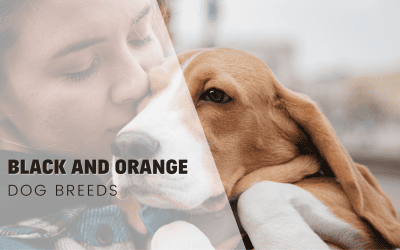
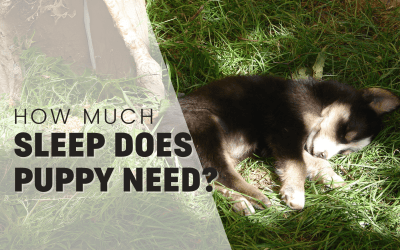
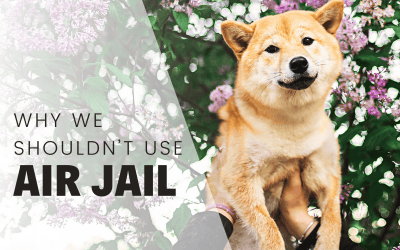
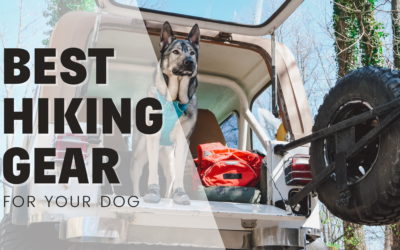

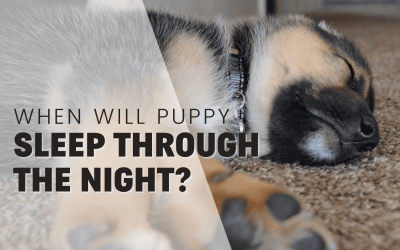
0 Comments